What fertilizer is best for garlic?
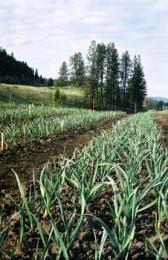
A bountiful harvest of delicious vegetables and fruits is not a tribute to merciful nature, but the regular work of a gardener. It is not enough to sow seeds; it is important to carefully care for them, providing all the conditions for sprouts to appear and fruits to ripen. As they say, only weeds grow without care, so if you want to grow a noble crop on your plot, you need to stock up on equipment for weeding and watering, fertilizers to create optimal conditions, and patience.
Content:
- Garlic - principles of cultivation and comprehensive care
- Autumn is the time to plant garlic
- Fertilizer and fertilizing are necessary help for the plant
- Proper watering is a guarantee of a good harvest
Garlic - principles of cultivation and comprehensive care
In order to grow fragrant and healthy garlic You will need to follow some rules for soil preparation, sowing and care. Garlic is indispensable as a means for the prevention and treatment of colds; spice lovers also use the cloves for preparing culinary delights and during preservation. Any summer resident can count on a rich harvest of the miracle healer if he provides the necessary conditions for the crop:

- soil preparation - long before sowing, the planting site should be fertilized with manure;
- mineral nutrition of the plant during growth;
- regular watering is also a prerequisite for quality care;
- in case of disease, the plant needs weeding and watering using special means.
Autumn is the time to plant garlic
The most optimal time for planting is autumn. In the second half of September or early October in prepared soil garlic cloves are planted, before the first frosts appear, they will have time to take root, but at the same time they will not germinate and will not freeze. Planting is preceded by a number of preparatory work that should not be ignored.
The garlic bed must be dug up, all weeds and their rhizomes removed, the soil fertilized with compost or humus, and watered abundantly.
Carefully inspect the material for planting; all cloves must be healthy and clean without signs of rot or mold. Garlic cloves for planting should be easily separated from each other, dense and elastic, with pinkish or lilac skin. In order to obtain a harvest of heads with large cloves, the planting material should be heated to 40º or kept in a saline solution.
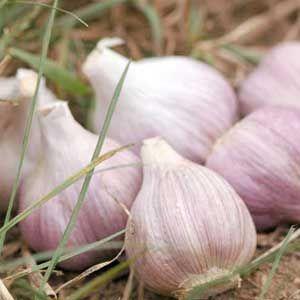
It is also practiced to use seeds for sowing; this method of propagation is not so practical, but in the absence of other planting material it is often used by gardeners. Seeds are selected according to the same principle as cloves.
Fertilizer and fertilizing are necessary help for the plant
Fertilizer use This is an individual decision that the gardener must make on his own. For garlic, it is best to use mineral fertilizers, but the regularity of their use and quantity should be controlled, since an excess of phosphates and nitrates can negatively affect the yield. A high-quality substrate or sandy loam soil is optimal for planting.
It is better not to create a bed of garlic in the place where potatoes were previously grown; also, you should not plant this crop for two years in a row in the same area.The best place would be an area where cucumbers or zucchini grew and where organic fertilizers were used.
Memo to the gardener: in order to provide the plant with the most complete care, it is necessary to take into account its external characteristics. So, for example, slow growth of leaves should be regarded as a lack of nutrients and a special solution should be prepared to maintain the plant:
- 10 liters of water;
- 1 tbsp. spoon of urea;
- 1 tbsp. bird droppings.
The resulting solution should be used once every two weeks, repeating the procedure as necessary.
Proper watering is a guarantee of a good harvest
The process of moistening the soil is an important component of the complete care of vegetable crops.
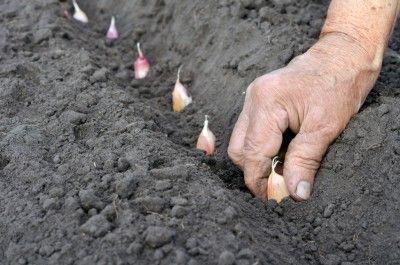
An excess of moisture can provoke the process of rotting, while a lack of it can lead to drying out, both of which inevitably lead to the death of the plant, so you should be especially careful about the intensity of watering. Garlic especially needs abundant watering during the period of growth and development; at the time of ripening, the soil should be moderately moistened.
By the appearance of the plant you can determine whether the plant needs watering or not.
For example, bluish-white garlic feathers with curved tips may indicate a lack of moisture, and a pale green tint indicates that watering should be delayed.
As practice shows, garlic as a vegetable crop is unpretentious and does not require special care. To grow it no special conditions, temperature conditions or lighting are needed. For the full development and growth of the plant, it is enough to remove weeds and loosen the soil in a timely manner. Considering these growing features, you can enjoy an excellent harvest of large and beautiful heads of garlic all year round.


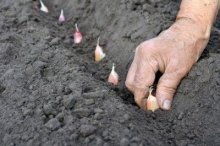
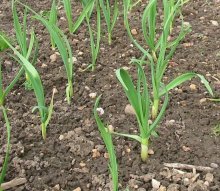

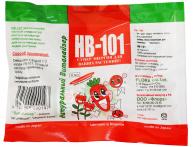
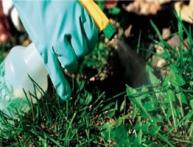
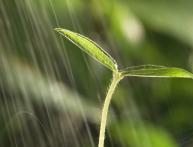
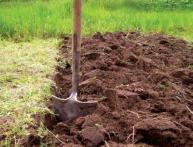

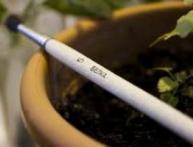
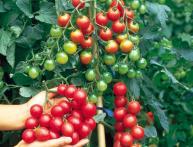
Comments
The author of the article gives very instructive advice on growing garlic. I was also taught that garlic loves loose, sandy soil. But you shouldn’t plant it in heavily manured soil either.
That's right. That's exactly what we do. By following these simple recommendations you will get a good harvest of garlic. And everyone who has at least some plot of land probably grows it.
That's right. That's exactly what we do. By following these simple recommendations you will get a good harvest of garlic. And everyone who has at least some plot of land probably grows it.
I never thought that garlic needed special care. I’ve never even made beds. I stuck it in the aisle with strawberries and forgot about it until the fall. In the fall, I went for a run with a shovel and dug up a bucket. And here is a whole science.